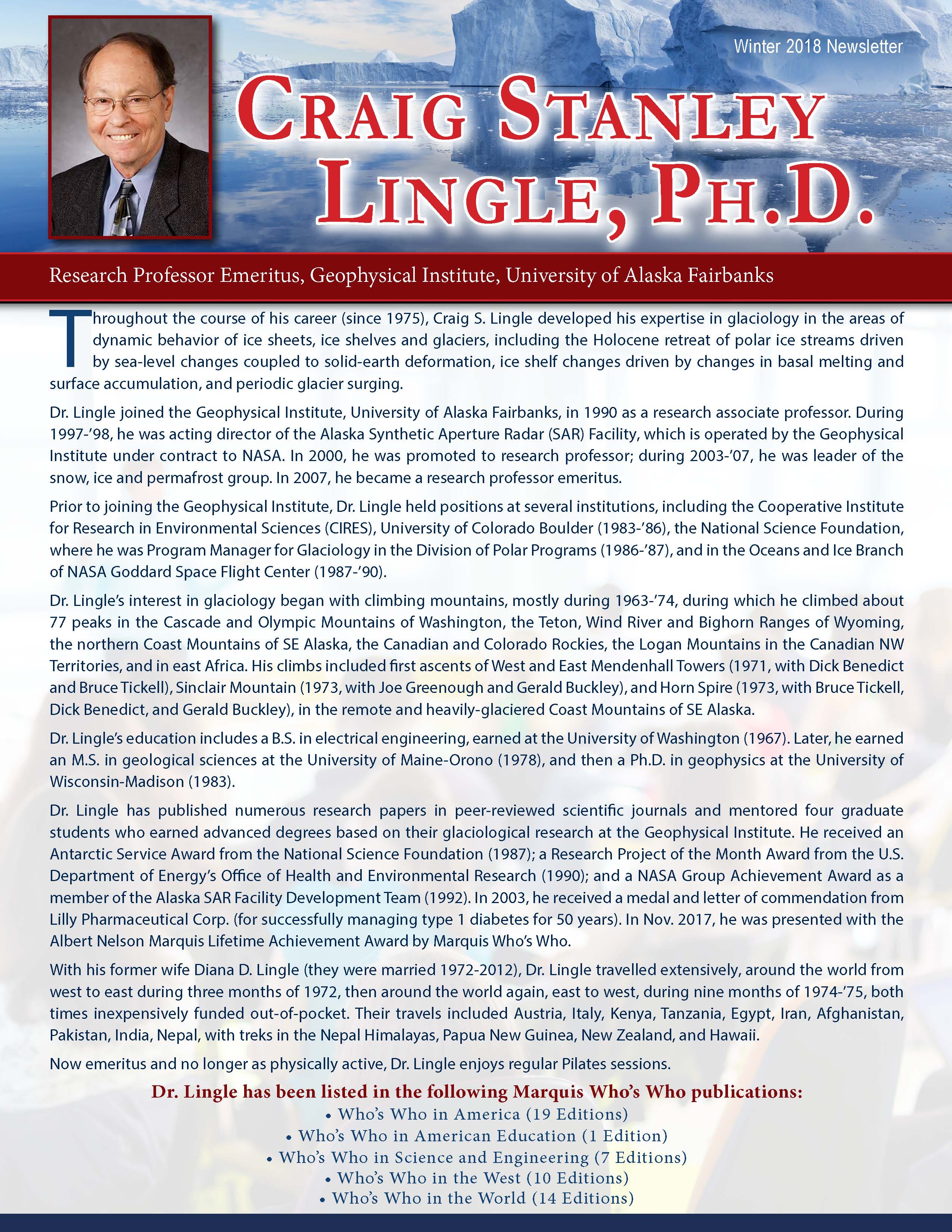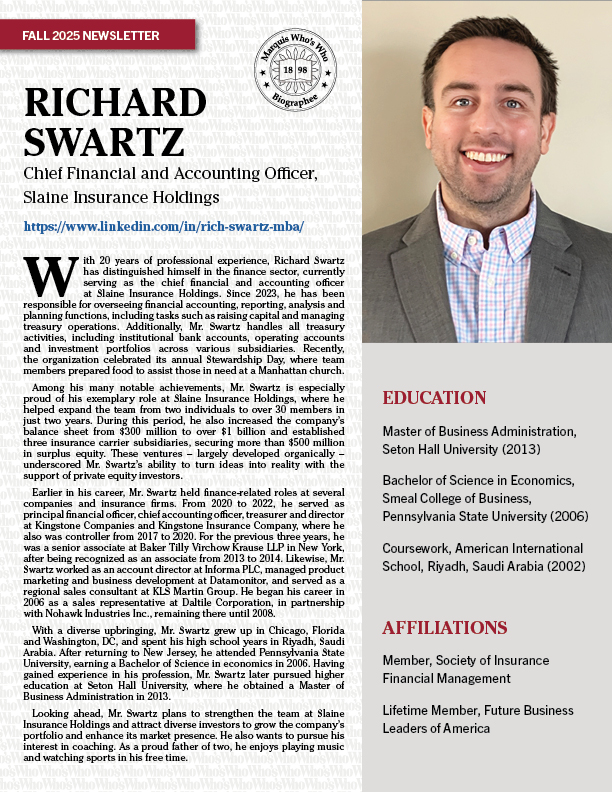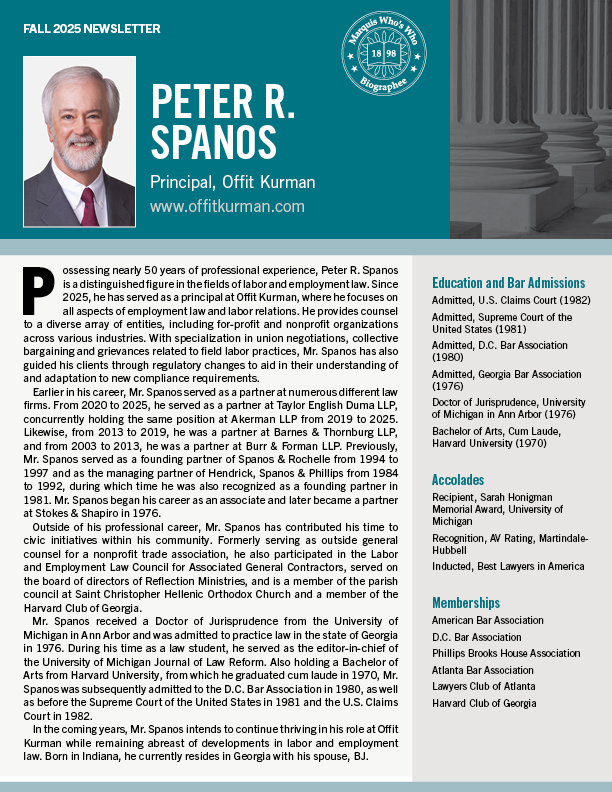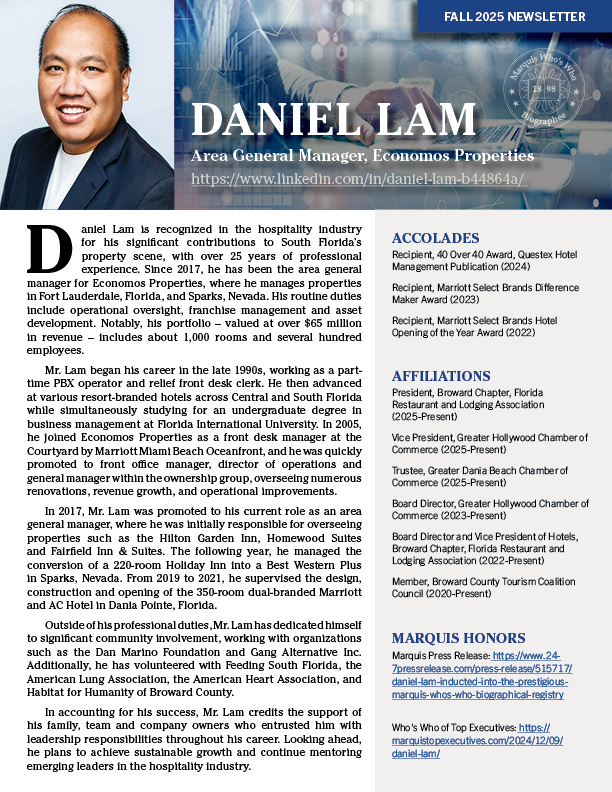
Throughout the course of his career (since 1975), Craig S. Lingle developed his expertise in glaciology in the areas of dynamic behavior of ice sheets, ice shelves and glaciers, including the Holocene retreat of polar ice streams driven by sea-level changes coupled to solid-earth deformation, ice shelf changes driven by changes in basal melting and surface accumulation, and periodic glacier surging. Dr. Lingle joined the Geophysical Institute, University of Alaska Fairbanks, in 1990 as a research associate professor. During 1997-’98, he was acting director of the Alaska Synthetic Aperture Radar (SAR) Facility, which is operated by the Geophysical Institute under contract to NASA. In 2000, he was promoted to research professor; during 2003-’07, he was leader of the snow, ice and permafrost group. In 2007, he became a research professor emeritus.
Prior to joining the Geophysical Institute, Dr. Lingle held positions at several institutions, including the Cooperative Institute for Research in Environmental Sciences (CIRES), University of Colorado Boulder (1983-’86), the National Science Foundation, where he was Program Manager for Glaciology in the Division of Polar Programs (1986-’87), and in the Oceans and Ice Branch
of NASA Goddard Space Flight Center (1987-’90).
Dr. Lingle’s interest in glaciology began with climbing mountains, mostly during 1963-’74, during which he climbed about 77 peaks in the Cascade and Olympic Mountains of Washington, the Teton, Wind River and Bighorn Ranges of Wyoming, the northern Coast Mountains of SE Alaska, the Canadian and Colorado Rockies, the Logan Mountains in the Canadian NW Territories, and in east Africa. His climbs included first ascents of West and East Mendenhall Towers (1971, with Dick Benedict and Bruce Tickell), Sinclair Mountain (1973, with Joe Greenough and Gerald Buckley), and Horn Spire (1973, with Bruce Tickell, Dick Benedict, and Gerald Buckley), in the remote and heavily-glaciered Coast Mountains of SE Alaska. Dr. Lingle’s education includes a B.S. in electrical engineering, earned at the University of Washington (1967). Later, he earned an M.S. in geological sciences at the University of Maine-Orono (1978), and then a Ph.D. in geophysics at the University of Wisconsin-Madison (1983).
Dr. Lingle has published numerous research papers in peer-reviewed scientific journals and mentored four graduate students who earned advanced degrees based on their glaciological research at the Geophysical Institute. He received an Antarctic Service Award from the National Science Foundation (1987); a Research Project of the Month Award from the U.S. Department of Energy’s Office of Health and Environmental Research (1990); and a NASA Group Achievement Award as a member of the Alaska SAR Facility Development Team (1992). In 2003, he received a medal and letter of commendation from Lilly Pharmaceutical Corp. (for successfully managing type 1 diabetes for 50 years). In Nov. 2017, he was presented with the Albert Nelson Marquis Lifetime Achievement Award by Marquis Who’s Who.
With his former wife Diana D. Lingle (they were married 1972-2012), Dr. Lingle travelled extensively, around the world from west to east during three months of 1972, then around the world again, east to west, during nine months of 1974-’75, both times inexpensively funded out-of-pocket. Their travels included Austria, Italy, Kenya, Tanzania, Egypt, Iran, Afghanistan, Pakistan, India, Nepal, with treks in the Nepal Himalayas, Papua New Guinea, New Zealand, and Hawaii.
Now emeritus and no longer as physically active, Dr. Lingle enjoys regular Pilates sessions.
Contact Dr. Craig S. Lingle:


